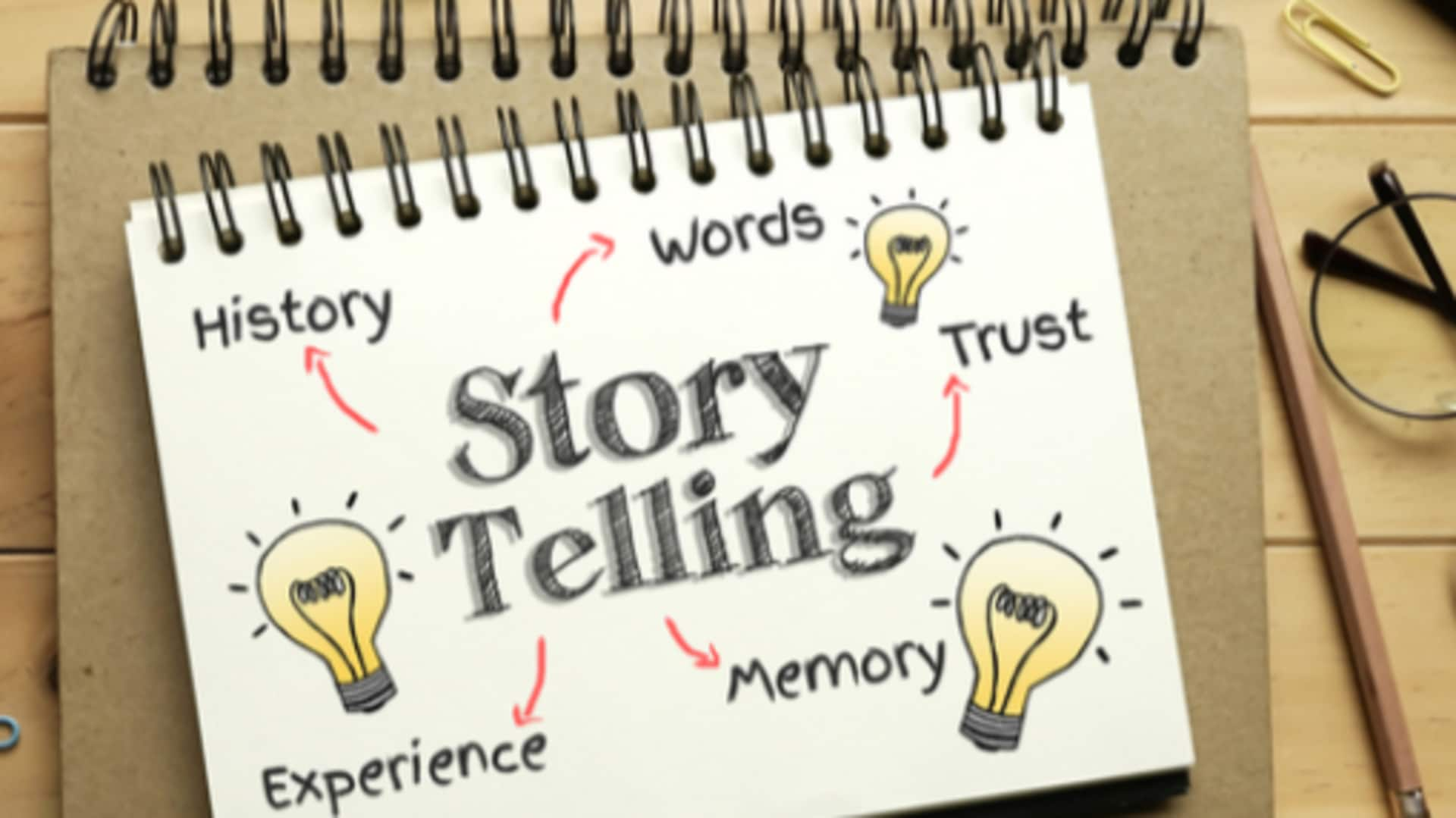
Storytellers, try this simple technique to improve your skills
What's the story
Visualization exercises can take storytelling to a whole new level by helping storytellers create captivating, colorful tales. The exercises help storytellers visualize scenes, characters, and settings in detail, making their stories much more immersive for the audience. By integrating visualization techniques, storytellers improve their ability to convey emotions and connect with their listeners/readers. Here are five ways to enhance storytelling through visualization exercises.
Character insight
Create detailed character profiles
Developing detailed character profiles is a powerful way to enhance storytelling. By visualizing every aspect of a character's life- from their appearance, habits, to their background- storytellers create more relatable and memorable characters. This exercise helps you understand the motivations and the emotions of each character, adding more depth to the narrative. When characters are well-developed through visualization, they're more believable and engaging for the audience.
Setting exploration
Visualize settings vividly
Imagining settings in great detail is essential for creating an immersive story world. Visualization exercises focusing on sensory details (sights, sounds, smells, textures, tastes) help bring settings to life. By picturing these elements vividly in their minds before writing/narrating them, storytellers can transport audiences into different worlds seamlessly. This practice makes sure settings aren't just backdrops but integral parts of the story.
Mind mapping
Use mind mapping techniques
When crafting a story's plot or structure, mind mapping serves as an excellent tool to visually organize thoughts. By connecting ideas associated with themes or events within a narrative framework through diagrams using keywords or images as prompts while brainstorming, storytellers gain clarity on how different pieces fit cohesively without losing sight of overarching goals such as pacing consistency throughout chapters or scenes.
Scene building
Practice scene visualization regularly
Regularly practicing scene visualization helps storytellers refine their ability to depict action sequences effectively while ensuring that parts remain coherent within larger narratives over time. This involves imagining specific moments from multiple perspectives, protagonist vs antagonist, so they feel dynamic instead of static when presented later, orally or in written form, depending upon the medium chosen by the creator(s).
Guided imagery
Engage in guided imagery sessions
Participating in guided imagery sessions allows creatives, storytellers or otherwise, access to deeper levels of the subconscious mind, where untapped potential is waiting to be unlocked and explored further via structured prompts. These prompts are provided by facilitators leading these activities, designed to stimulate the imagination and spark new ideas. Ultimately, this enriches the overall quality of output produced, be it for publication or performance purposes alike.